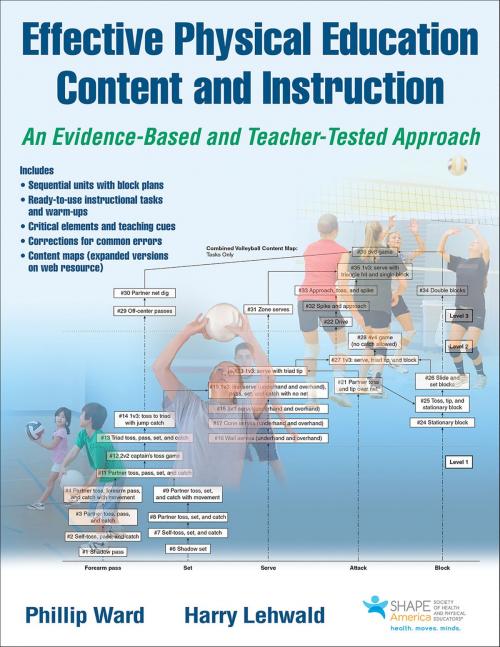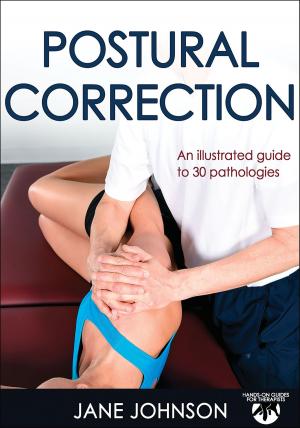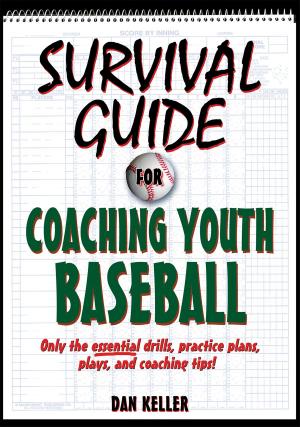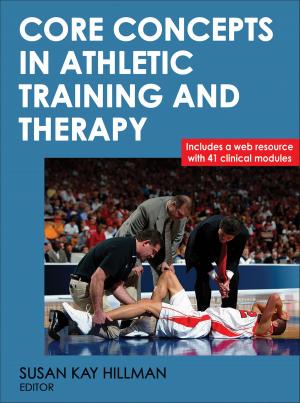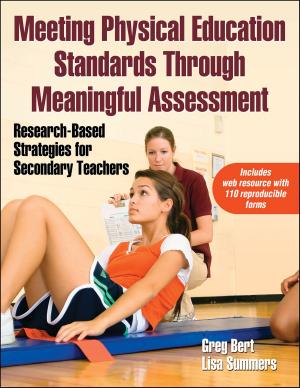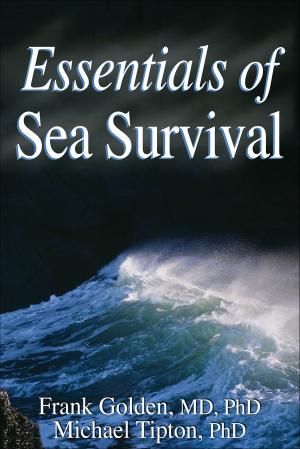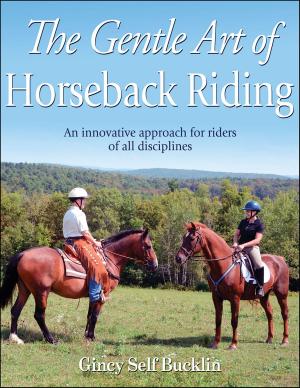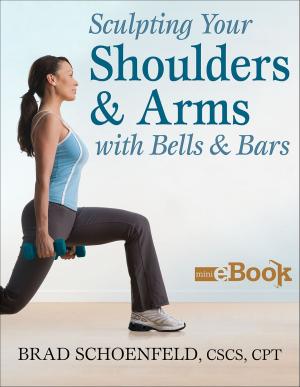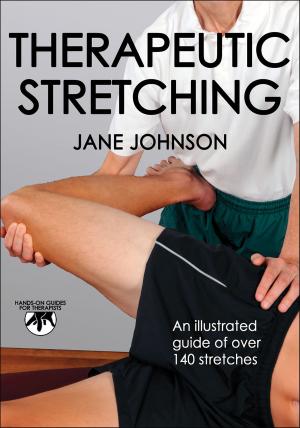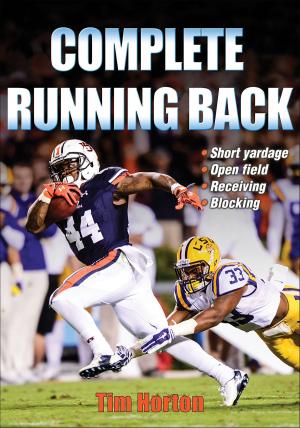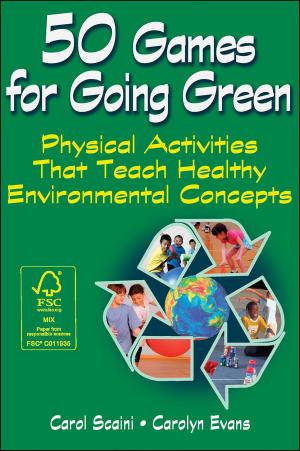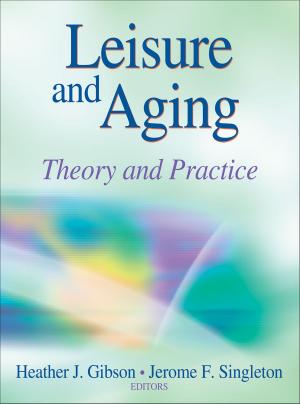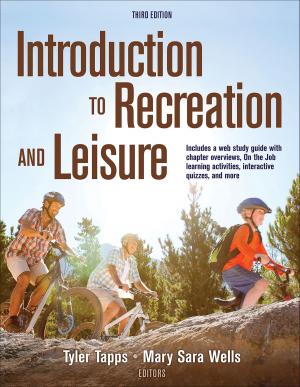Effective Physical Education Content and Instruction
An Evidence-Based and Teacher-Tested Approach
Nonfiction, Reference & Language, Education & Teaching, Teaching, Physical Education, Kids, Sports and Recreation| Author: | Phillip C. Ward, Harry Lehwald | ISBN: | 9781492586494 |
| Publisher: | Human Kinetics, Inc. | Publication: | December 5, 2017 |
| Imprint: | Human Kinetics, Inc. | Language: | English |
| Author: | Phillip C. Ward, Harry Lehwald |
| ISBN: | 9781492586494 |
| Publisher: | Human Kinetics, Inc. |
| Publication: | December 5, 2017 |
| Imprint: | Human Kinetics, Inc. |
| Language: | English |
As a physical educator (or student preparing to become one), you need to know more than the skills, techniques, and tactics of the sports and activities you teach. You need to understand, among other things, how to create task progressions, how to organize and adapt those tasks, and how to detect and correct student errors. Effective Physical Education Content and Instruction will help you learn how to do just that.
Theoretical Framework and Evidence-Based Plans
This text provides a theoretical framework to work from and gives you ready-to-use, teacher-tested content that is evidence based. Sample block plans are designed to help students of differing ability levels engage in skillful play. You'll be able to draw from teaching progressions that are game-like, developmental, and sequential in nature.
Effective Physical Education Content and Instruction offers the following:
• Sequential units with block plans
• Ready-to-use instructional tasks and warm-ups
• Teaching cues
• Explanations of common errors, their causes, and how to correct them
• Content maps for each unit
• A web resource that houses enlarged versions of the content maps, along with sample student awards and fair play guidelines
The content maps provide a roadmap for success in the attainment of goals and outcomes. The cues in the text, which assist in the detection and correction of student errors, act as an additional aid to help students achieve success.
Content Proven to Be Highly Effective
The approach and content in Effective Physical Education Content and Instruction have been proven to increase student learning as compared to other approaches. In fact, in one of the largest-ever intervention studies on teaching effectiveness in physical education, teachers who were taught to use this approach and content significantly improved the quality of their teaching and produced some of the highest learning gains for students reported in the physical education literature.
Book Organization
The book is organized into three parts. Part I lays the groundwork for successful teaching—undestanding and acquiring content knowledge, then conceptualizing and organizing that content for teaching. Part II explores the keys to teaching fundamental skills—understanding early elementary locomotion, and teaching elementary gymnastic skills. Part III consists of specific sport units for elementary, middle, and high school students, with each chapter providing the following:
• An explanation of the approach
• Maps that define the content and its interrelationship
• Block plans, warm-ups, and lesson organization
• A series of instructional tasks, which include the following: the purpose of the instructional task; equipment needed for instruction; a description of the instructional task; teaching cues; common errors, their causes, and how to correct them; and diagrams, as applicable.
Based on Extensive Research
Effective Physical Education Content and Instruction is based on decade-long research conducted by Phillip Ward. It has been developed in collaboration with a team of master teachers who know the content and how to teach it. The result of their work is a rock-solid theoretical framework that offers practical applications, developmental progressions from beginner to advanced, and scheduling options. By using a framework that is proven to be effective (as evidenced by research), you can focus on tailoring the instructional plan to your students so they can acquire the sport skills they need, enjoy their participation in physical education, and make the most of their time in your class.
As a physical educator (or student preparing to become one), you need to know more than the skills, techniques, and tactics of the sports and activities you teach. You need to understand, among other things, how to create task progressions, how to organize and adapt those tasks, and how to detect and correct student errors. Effective Physical Education Content and Instruction will help you learn how to do just that.
Theoretical Framework and Evidence-Based Plans
This text provides a theoretical framework to work from and gives you ready-to-use, teacher-tested content that is evidence based. Sample block plans are designed to help students of differing ability levels engage in skillful play. You'll be able to draw from teaching progressions that are game-like, developmental, and sequential in nature.
Effective Physical Education Content and Instruction offers the following:
• Sequential units with block plans
• Ready-to-use instructional tasks and warm-ups
• Teaching cues
• Explanations of common errors, their causes, and how to correct them
• Content maps for each unit
• A web resource that houses enlarged versions of the content maps, along with sample student awards and fair play guidelines
The content maps provide a roadmap for success in the attainment of goals and outcomes. The cues in the text, which assist in the detection and correction of student errors, act as an additional aid to help students achieve success.
Content Proven to Be Highly Effective
The approach and content in Effective Physical Education Content and Instruction have been proven to increase student learning as compared to other approaches. In fact, in one of the largest-ever intervention studies on teaching effectiveness in physical education, teachers who were taught to use this approach and content significantly improved the quality of their teaching and produced some of the highest learning gains for students reported in the physical education literature.
Book Organization
The book is organized into three parts. Part I lays the groundwork for successful teaching—undestanding and acquiring content knowledge, then conceptualizing and organizing that content for teaching. Part II explores the keys to teaching fundamental skills—understanding early elementary locomotion, and teaching elementary gymnastic skills. Part III consists of specific sport units for elementary, middle, and high school students, with each chapter providing the following:
• An explanation of the approach
• Maps that define the content and its interrelationship
• Block plans, warm-ups, and lesson organization
• A series of instructional tasks, which include the following: the purpose of the instructional task; equipment needed for instruction; a description of the instructional task; teaching cues; common errors, their causes, and how to correct them; and diagrams, as applicable.
Based on Extensive Research
Effective Physical Education Content and Instruction is based on decade-long research conducted by Phillip Ward. It has been developed in collaboration with a team of master teachers who know the content and how to teach it. The result of their work is a rock-solid theoretical framework that offers practical applications, developmental progressions from beginner to advanced, and scheduling options. By using a framework that is proven to be effective (as evidenced by research), you can focus on tailoring the instructional plan to your students so they can acquire the sport skills they need, enjoy their participation in physical education, and make the most of their time in your class.
